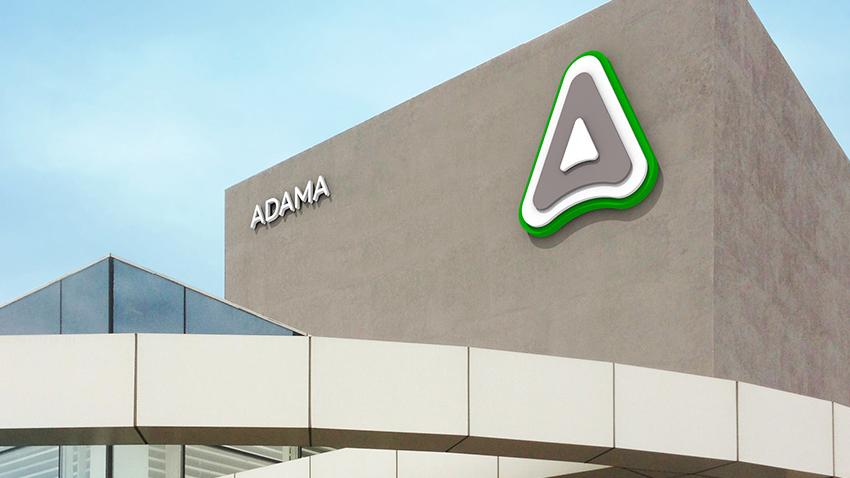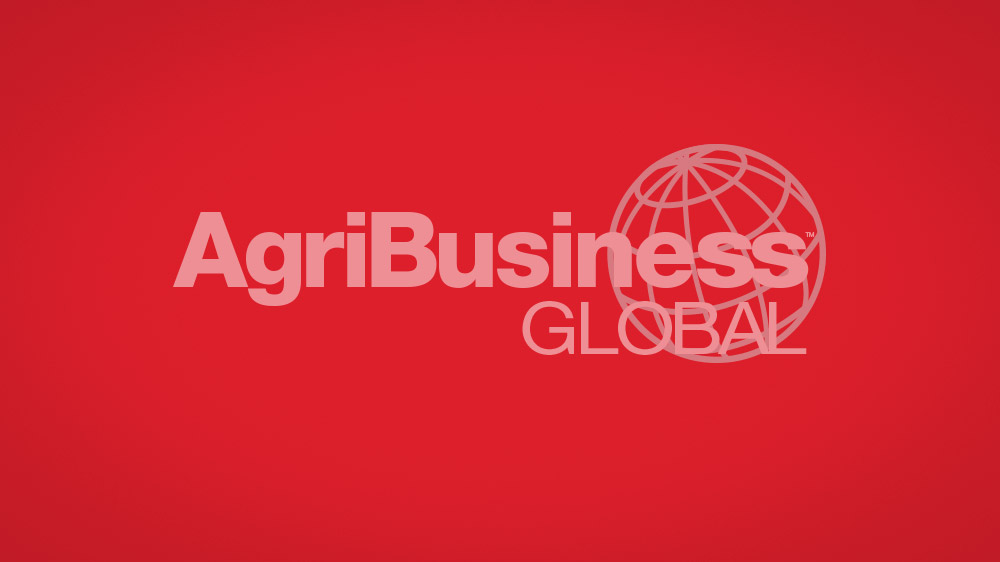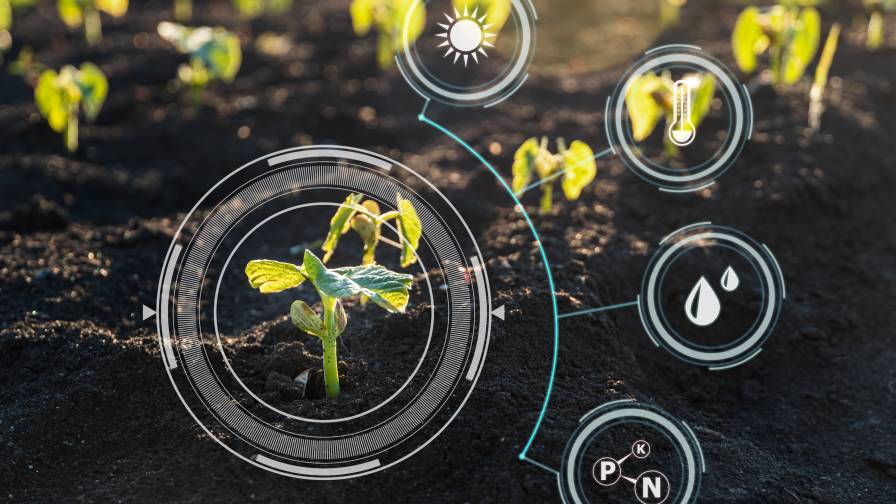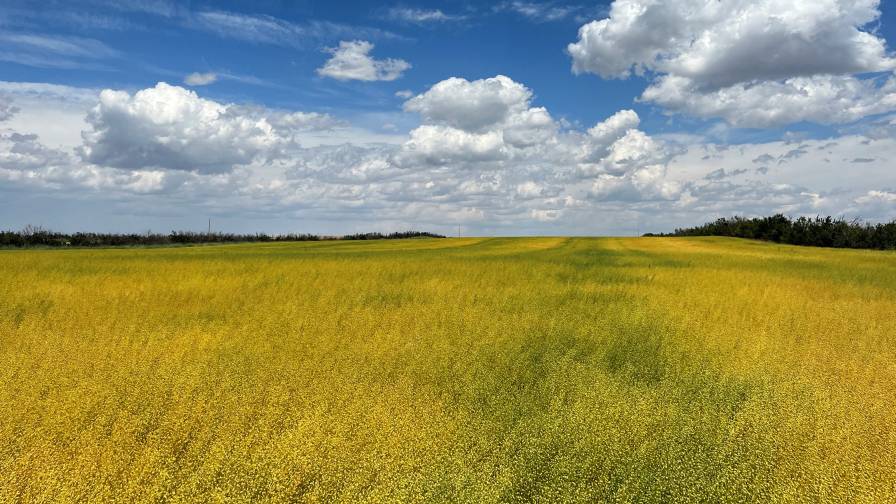Glyphosate Supply to Return to Normal Levels by End of Year
This year’s glyphosate story includes good news, bad news and ugly circumstances.
First, the good: Prices have rebounded slightly, and supply is expected to increase by the end of the year. Recent inquiries by Farm Chemicals International of manufacturers, trading companies and formulators reveal the price for wholesale technical material between $3.80 and $4.50, which is between 20% and 35% higher than the doldrums of last year. Even more promising: Raw material prices have declined a bit, which means profitability for manufacturers is more favorable than in recent years. To a lesser extent, formulators and distributors are reporting better margins on the world’s leading herbicide. Better margins and better price points will mean that suppliers are running at full capacity to ensure the supply shortages are short term.
The bad: Supply is low, extremely low, making players in the value chain wary about the possible spike in price, inevitably followed by a precipitous drop in price once supply levels begin to come on line again. Sources say there is no glyphosate to be purchased at the manufacturer level, but some stocks still exist from trading companies. The peculiarity in this reality is the fact that prices haven’t risen more significantly, as they did in 2008. The difference this year is that the manufacturing community realized in March that stocks were short, and many of the major producers in China, as well as Monsanto, ramped up capacity to 100% to fill the void left by high demand and reduced supply from small manufacturers.
The ugly: Rumors, speculation and uncertainty has created a somewhat unpredictable environment, at least for the short term. There are multiple theories on why the glyphosate supply has been decimated at the manufacturer level and why prices have climbed only slightly. Some say large contracts among the MCOs expired, forcing them to purchase technical grade from unanticipated sources. Others point to a rise in demand in major markets, leaving the value chain spare without a plan to replenish. One definitive cause has been the closure of many small manufacturers in China in the wake of new facilities requirements that require manufacturers to be located in industrial parks and require elevated water treatment capabilities to meet new environmental standards. Now, the global industry is waiting to see whether small- to mid-level manufacturers will jump back into the glyphosate business opportunistically, potentially creating a situation like we had in 2009 when oversupply stagnated the value chain and deflated prices unsustainably.
Read Farm Chemicals International’s Glyphosate Report in October for an in-depth look at supply, demand and a 2013 outlook on glyphosate.






